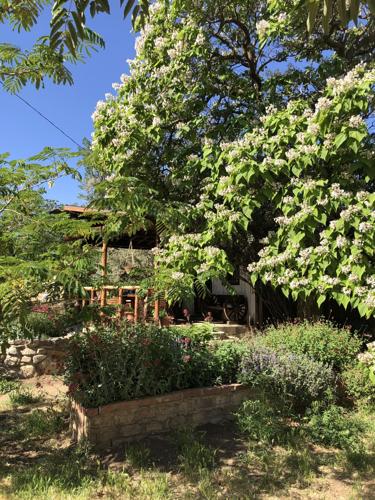This year June 20 was the date of the summer solstice, the longest day of the year, marking the official start of summer on the astronomical calendar.
For local residents experiencing recent heat wave temperatures in the high 90s and even 100 degrees, however, it feels like summer has already been here for several weeks.
In fact it has, if you use the meteorological calendar, which is more reflective of seasonal temperature changes. In the meteorological calendar, spring starts on March 1, summer on June 1, autumn on Sept. 1 and winter on Dec. 1 every year.
This calendar is not a recent creation: it was actually established in 1780 by a German meteorological organization called the Societas Meteorologica Palatina in the city of Mannheim. This standardized calendar made it easier to compare and collect meteorological data over the years, since the starting and ending dates of the four seasons were fixed and didn't vary from year to year, as they do using an astronomical calendar.
Using either calendar, summer has now well and truly started in the Tehachapi Mountains. Our drought this year, which only brought about 3.6 inches of precipitation instead of our average to 10 to 12 inches, made spring seem shorter than usual and summer start earlier.
The drought curtailed the blooming of most wildflowers, but not all — California poppies actually had some bright orange appearances here and there in the Tehachapi Mountains, though they were a no-show in the Antelope Valley.
Some local cultivated trees and shrubs also bloomed well — Tehachapi fruit trees mostly have a heavy crop of fruit this year, and it was a good year for the ubiquitous lilacs which thrive in the Tehachapi area.
We have a big old Catalpa tree that my Uncle Hank dug up by the Kern River when it was a volunteer seedling and planted here around 1942. This tree was a sea of large white blossoms, attracting a squadron of various pollinators, especially the enormous black Valley Carpenter Bees, whose big bodies actually fit inside the flaring, vase-like flowers with ruffled edges.
The natural world is coping with the drought as well as it can, though there is bound to be scarcity with the shortage of moisture. Grass is in shorter supply in most areas, so deer and elk will have a harder time finding enough forage, especially as the year wears on.
Range conditions are extremely poor for ranchers, and for some of the hillsides on the way down to Bakersfield from Tehachapi, winter and spring basically didn't arrive — the hillsides never greened up, and look as gray and faded as they have for more than a year.
Our native oaks are very resilient and drought tolerant, but they are not invincible, and some will surely die from a year that is this dry. If you have oaks on your property, please consider watering them over the next few months. Ignore the often-repeated warnings about not watering native oaks; that advice is faulty for the Tehachapi Mountains, especially this year. Your oaks would love a deep watering at least once a month for the next four or five months, and in some cases it would prevent branch die-back or even the loss of the tree.
Summer is here, and though the hottest days may get uncomfortable at times, it's still a season of activity, vibrancy and productivity. Enjoy it!
Have a good week.
Jon Hammond has written for Tehachapi News for more than 30 years. Send email to tehachapimtnlover@gmail.com













Commented
Sorry, there are no recent results for popular commented articles.